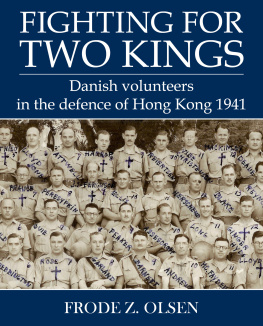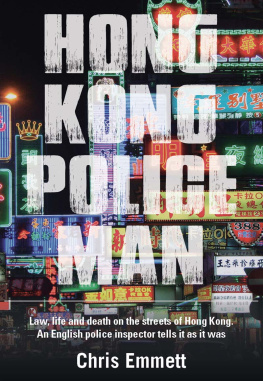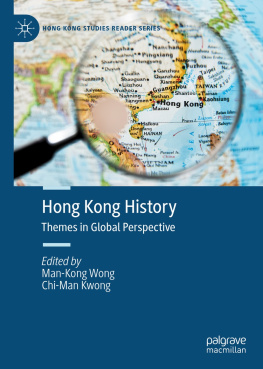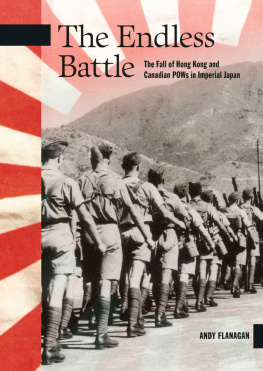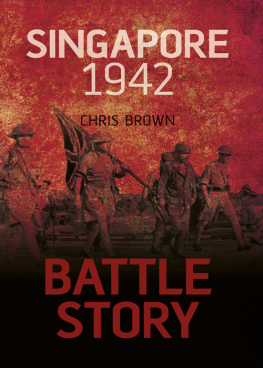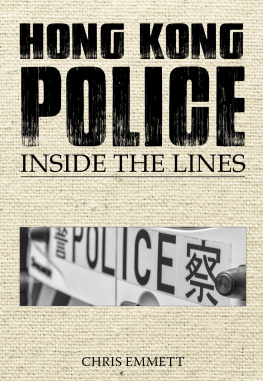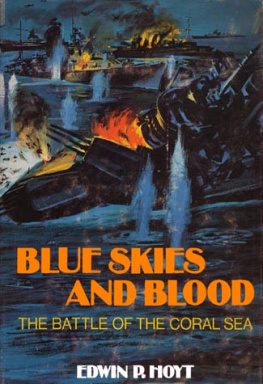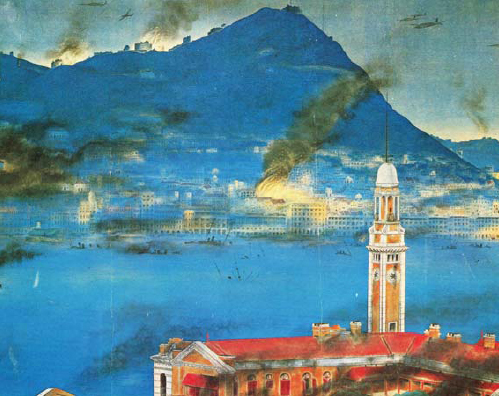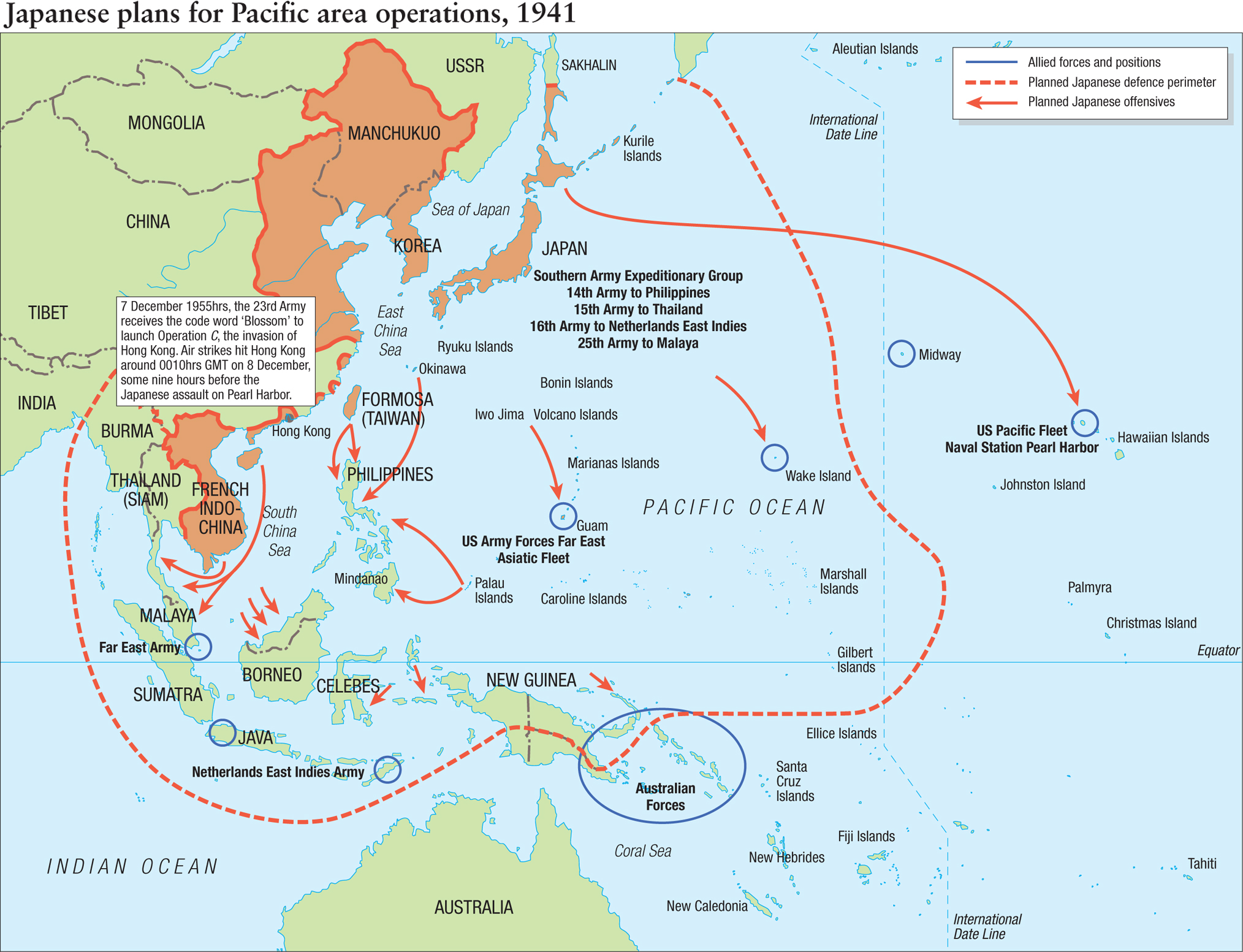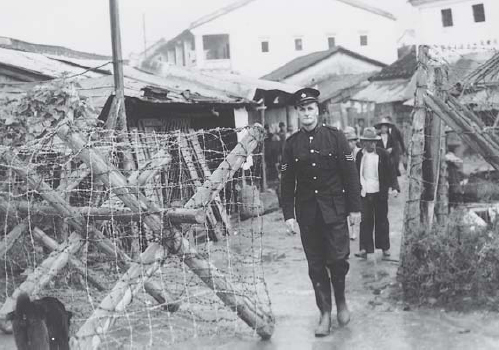CAMPAIGN 263
HONG KONG 194145
First strike in the Pacific War
| BENJAMIN LAI | ILLUSTRATED BY GIUSEPPE RAVA |
Series editor Marcus Cowper
CONTENTS
INTRODUCTION
Hong Kong, located at the mouth of the Pearl River in Southern China, came under British administration in 1841 by virtue of the Treaty of Nanjing. The colony expanded from Hong Kong Island to include the Kowloon Peninsula directly to the north and later a strip of mountainous land some 930 sq. km to the north of Kowloon, known as the New Territories. The New Territories are separated from China by a narrow river the Shenzhen River. Between Hong Kong Island and the Kowloon Peninsula is Victoria Harbour. The colony soon grew from a small fishing settlement into an Asian trading port. All was peaceful until December 1941.
On the 8th, as part of the simultaneous attack on the United States, the Imperial Japanese Army (IJA) also attacked the Philippines, Thailand and Malaysia as well as Hong Kong. Overwhelmed by superior numbers, the British defenders capitulated only after 18 days until liberated by the British Royal Navy under Rear-Admiral Harcourt in August 1945.
As a means of stopping the war in China, the United States imposed crippling trade embargoes on Japan. Reliant on importing 100 per cent of its oil, rubber and many essential raw materials, Japan found these trade embargoes, especially the one on fuel, to be devastating. It was forced to decide between withdrawing from China and going to war to obtain necessary resources, many of them from SE Asia. Japan chose the latter option. With Hong Kong and Manila in the hands of the British and the Americans, the West could hold Japan to ransom by cutting off its vital supply route; thus, securing these ports and protecting the movement of vital war supplies was essential to the survival of Japan.
A grand view of the city of Victoria, now known as Central District Hong Kong. The large, light-coloured building on the right is the HSBC headquarters; to the north, towards the sea, is the cenotaph and to the right is the Hong Kong Club. (IWM)
All-out war with China officially began on 7 July 1937, when the IJA attacked Chinese troops in what was known in the West as the Marco Polo Bridge Incident. The Japanese strategy was to move south after securing Beijing (Peking) and Tianjin and make a separate landing in Shanghai, then head westward capturing Nanjing (Nanking), the capital city at the time. The Japanese expected that after they captured Nanjing, China would then sue for peace and the war would be over. But the Chinese simply moved the government to Chongqing (Chungking) in south-west China and continued to resist. After Chinese victories in Changsha and Guangxi Province in the southwest, the war had reached a stalemate. The Chinese strategy was to buy time and build up the means to sustain the war effort. Much of its aid weapons, funds and overseas Chinese volunteers arrived by sea, and Hong Kong was the most important port. By 1940, 40 per cent of military aid, vital supplies and funds received by the Chinese came via Hong Kong. One by one the Chinese ports fell to the Japanese but Hong Kong remained out of reach, as it was a British colony. Cutting off Chinas supply was therefore critical to Japans war strategy there.
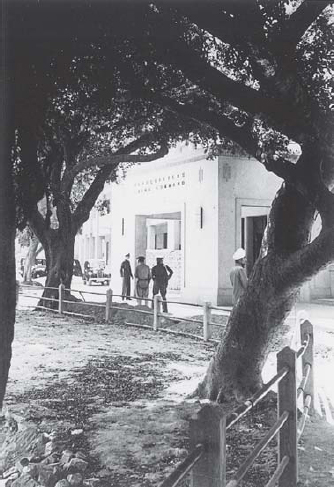
A rare picture of the Hong Kong Garrison China Command Headquarters. No trace of this now exists as the location has been totally redeveloped. The site is approximately where the British Consulate, J. W. Marriott Hotel, Hong Kong Park are now located. (IWM)
In the autumn of 1938 the IJA occupied Guangzhou (Canton), the largest city in southern China. British troops soon found that they were eyeball to eyeball with IJA troops across the Sino-Hong Kong border, in what is today known as Shenzhen City. In late 1938 war was only a hairs breadth away.
A British police officer in prewar Hong Kong. At the out break of war there were up to 5,000 police (including special constables and recently drafted specials. Two hundred and twenty-six of them died both in the battle and the subsequent period of captivity from 1941 to 1945. (IWM)
CHRONOLOGY
| 1937 |
| 7 July | The Marco Polo Bridge or Lugouqiao Incident. Using the pretext of a missing soldier, the IJA attacks the Chinese Army and total war on China begins. |
| 2531 July | Fall of Beijing and Tianjin. |
| 9 October | Fall of Shanghai. |
| 1938 |
| 31 January | Fall of Nanjing (the infamous Nanjing Massacre). |
| 21 October | Fall of Guangzhou. |
| 1939 |
| 13, 15, 16 February | Japanese planes deliberately attack border posts as well as British military facilities, causing damage and civilian casualties. Flight of Japanese warplanes over Hong Kong is increasingly common. |
| 1940 |
| June | The Imperial Japanese Navy (IJN) intensifies operations around Hong Kong, harassing fishermen and merchant vessels. The Japanese occupy two of the colonys islands as well as a British lighthouse, imposing a virtual blockade around Hong Kong. |
| 1941 |
| 27 October | The Canadian force leaves Vancouver aboard SS Awatea and HMCS Prince Robert for Hong Kong. |
| 6 November | IJA HQ orders the China Southern Expeditionary Army Group to prepare to attack Hong Kong, with the specific order to begin the operation after landings in Malaysia. |
| 16 November | Canadian reinforcements arrive in Hong Kong. |
| 1 December | IJA is notified of the decision to declare war on the United States, the British Empire and the Netherlands. |
| 4 December | Admiral Sir Tom Philips, C-in-C of Britains Eastern Fleet, flies back to Singapore from Manila after conferring with MacArthur and Admiral Tom Hart, US Navy, for assistance should Japan attack. Philips comes home empty handed. |
| 7 December | Japanese attack on Pearl Harbor, as well as Guam and Wake Island. All garrison troops are at action stations by the evening. |
| 8 December | 0445hrs Hong Kong time, intelligence sources report hearing Tokyo give coded instructions to Japanese nationals that war with Great Britain and the USA has begun. |
| By 0645hrs local time, the Hong Kong Garrison has been informed that the British Empire and Japan are at war. Japanese attack on Hong Kong begins roughly, nine hours before the attack begins on Pearl Harbor. |
| 9 December | Attack on the Shing Mun Redoubt late evening. Redoubt falls at 0100hrs, 10 December. |
| 10 December | HMS Prince of Wales and Repulse are sunk. |
| 12 December |
Next page

